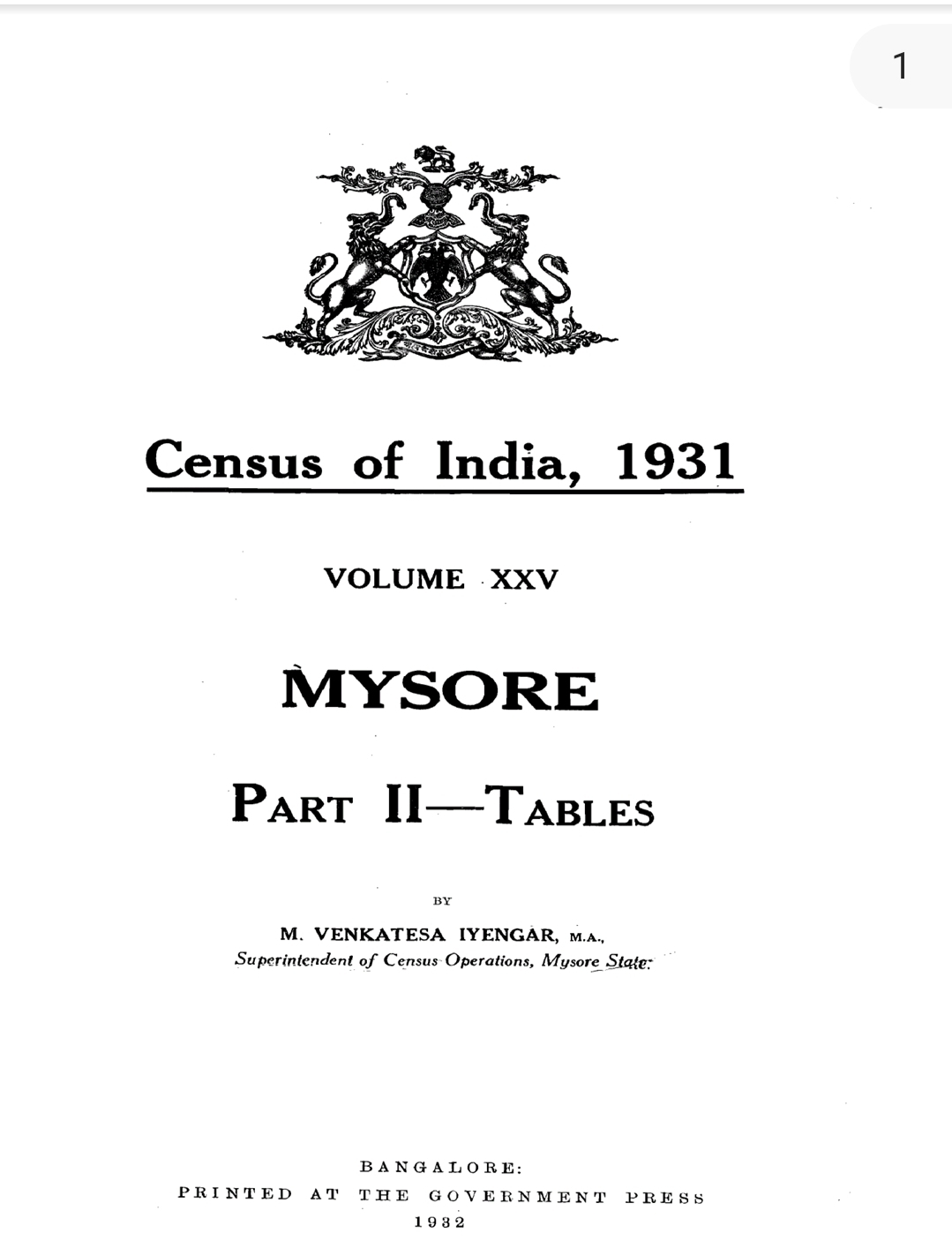Sri Devara Daasimayya's Association with Devangas.
According to our traditions, Sri Devala Maharshi was the divine weaver who created fabrics to cover the modesty of Gods and Goddesses. As per the Devanga Purana, Sri Devara Daasimayya is considered an avatar of Sri Devala Maharshi, a significant figure who integrates Sanatana Dharma with history.
The art of weaving serves as a profound metaphor for understanding the universe and our place in it. Through the physical process of weaving, we gain deeper insights into the world and how we, as human beings, are intricately woven into its fabric.
We are bound to our bodies with fragile threads of the earth. Our skeleton serves as a loom, upon which every system is strung and interwoven with our blood. The union of opposite elements to create a unified whole is the essence of every spiritual seeker’s journey. No wonder weaving is such a powerful art it is the practice of harmonizing dualities into one.
Archaeological evidence suggests that weaving is at least 20,000 years old. However, because woven materials are organic and biodegradable, no physical evidence from such an ancient time has survived. Scholars have arrived at this conclusion by examining clay patterns, paintings, and fabric remnants dating back to 5000 BCE.
Historically, weaving has been regarded as a woman’s art. Women, who managed households and raised children, could start and stop their spinning and weaving as needed. Yet, weaving is not limited to humans alone; nature itself is full of weavers birds, spiders, and beavers all engage in this intricate craft.
India remains one of the few countries that still creates textiles through the ingenuity of its master weavers. While much of the world has shifted to machine-made fabrics and synthetic materials, India continues to preserve the handloom tradition, offering distinct, handwoven fashions.
Weaving is more than just an art it is a livelihood. The textile industry is the second-largest employment generator in India after agriculture. Although handloom products account for only 11% of total textile production, generating revenue of ₹2,812 crore, the sector provides employment to 4.4 million weaver families.
Sadly, this rich heritage is under threat. The livelihoods of traditional weavers are endangered, and in recent years, financial struggles have driven several weavers to take their own lives. Women in rural areas, who once engaged only in spinning yarn, have increasingly taken up weaving, forming a unique, eco-friendly cottage industry with immense potential.
The need of the hour is not to abandon what we have but to nurture and sustain it. Handloom products must be marketed to niche clients who value handmade craftsmanship and are willing to pay a premium for it.
In any society, arts and textiles require patronage and protection. Governments must act with sensitivity, ensuring that traditional weavers receive the support they need. By fostering this heritage, we not only preserve an ancient craft but also uphold a deeply spiritual and cultural legacy.
Here are some vachanas attributed to him:
"Why talk of caste and lineage? If you are a true devotee, the Lord looks at your devotion, not your birth."
"What use is knowledge, if it does not teach you to bow before the divine in all?"
"Do not seek the Lord in temples of stone, seek Him in the hearts of those who surrender."
"The blacksmith beats the iron into shape, but what shapes a man is his devotion to Ramalinga."
"A pot is made of clay, a body of flesh and bones—but without the breath of Shiva, what meaning do they hold?"
"The fabric of a nation is woven with the skills of its weavers."
Devanga's Vidhana:
https://t.me/joinchat/T9PZE7wMJss2eol0
https://www.facebook.com/groups/115655385522020/?ref=share
https://www.facebook.com/vidhanadevangas/
Follow the Devanga's Vidhana channel on WhatsApp: https://whatsapp.com/channel/0029Va47xLnEAKWJmneqr60I
#828






Comments
Post a Comment